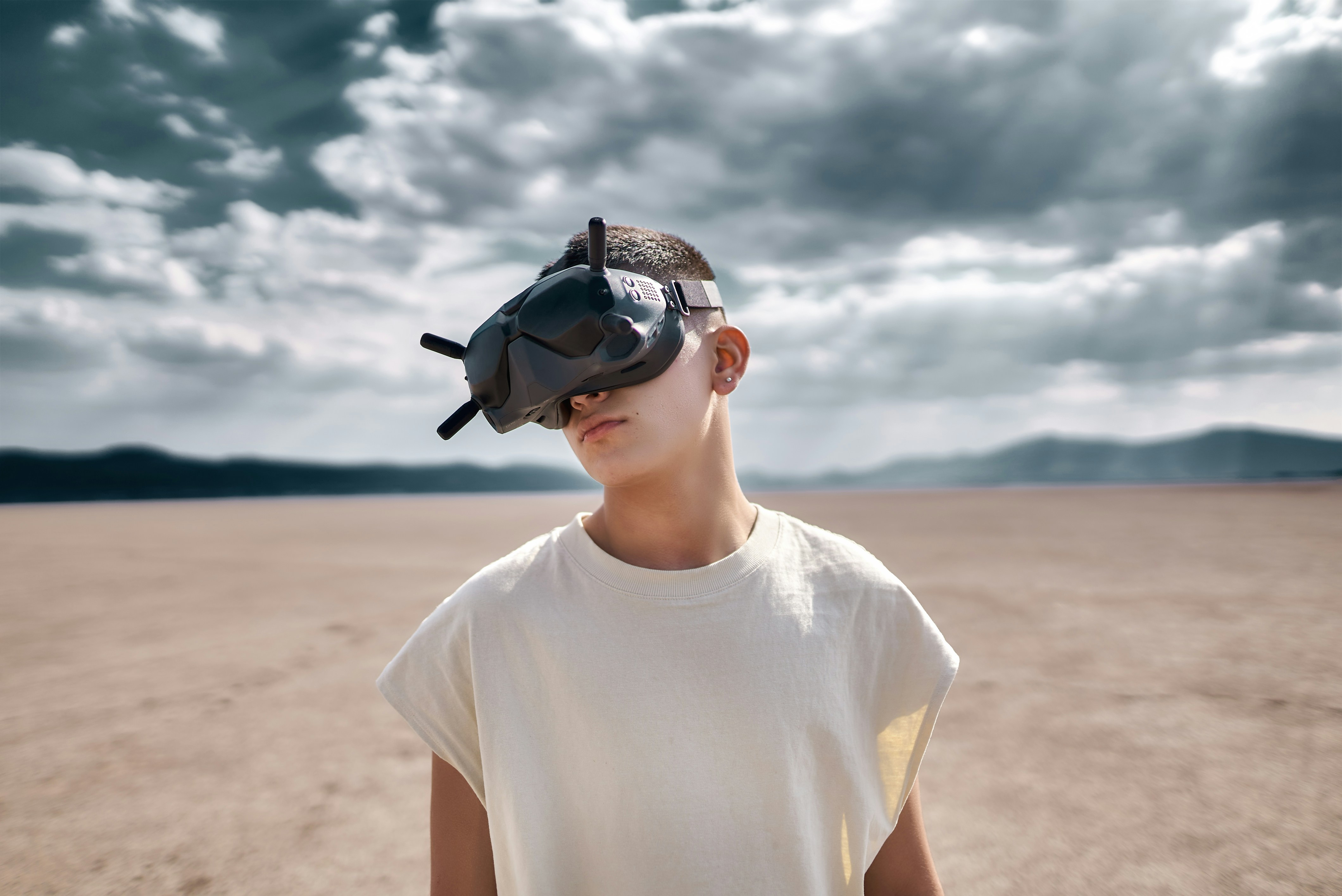Hidden Layers of We Travel: The Impact of VR in Tourism
Traveling has never been entirely about physically moving from one place to another—it's also about embracing different cultures, knowledge, and experiences. With the advent of virtual reality (VR) technology, the very essence of travel is being molded into a new form, opening doors to places and experiences once deemed inconceivable or inaccessible. In this article, we explore the transformative impact of VR in the realm of tourism and what it denotes for future travelers.

A Journey through Time: Virtual Reality in Historical Context
The concept of VR isn’t new. As far back as the 1960s, pioneers like Ivan Sutherland began developing immersive display systems. However, it wasn’t until recent years, with the advancement of technology, that VR started to infiltrate the travel landscape, reshaping the way we look at the world. As global travel restrictions tightened, VR has paved the way for incredible experiences from the comfort of your lounge.
VR: Travel’s Latest Companion
In line with the rising integration of technology in our daily lives, VR travel experiences have gained popularity. Amid travel restrictions and concerns regarding ecological impact, many are turning to VR to explore the distant corners of the world. Virtual tours around Parisian museums, safaris in African valleys, or diving expeditions in Australian reefs; the opportunities are boundless.
Breathing Virtual Life into Tourism
The introduction of VR into travel brings a slew of benefits, including accessibility and inclusivity. Disabled travelers or those restricted by budget can embrace new experiences effortlessly. Moreover, VR helps diminish overtourism by dispersifying tourist interest across various destinations, thus aiding the preservation of certain prominent spots.
However, challenges persist. The technology is still developing and can’t compete with the authentic tactile, olfactory, and taste sensations experienced during physical travel. Additionally, creating VR content is costly and time-consuming.
Backed By Research: Travel of the Future
Studies suggest VR tourism is on the ascendant; Goldman Sachs predicts the VR market will reach $80 billion by 2025. Furthermore, a study by OmniVirt revealed that VR ads were clicked 300% more than traditional advertisements, indicating the compelling appeal of VR experiences.
Engaging Imaginations: VR in Action
- Virtual tours of prominent landmarks or museums have seen a surge in demand, offering an immersive journey into history and culture.
- VR travel agencies have cropped up, providing all-encompassing virtual vacations.
- Destinations employ VR as a marketing tool, recreating top experiences to entice potential travelers.
Extra Slices of Travel Adventure
- Travel giant Thomas Cook used VR in their “Try Before You Fly” campaign, enabling customers to experience New York’s highlights virtually before booking a journey.
- Qantas, in collaboration with Samsung, designed a VR app providing 360-degree video views of destinations, improving customer engagement.
- Some hotels use VR to allow guests to view rooms before booking, enhancing the booking experience.
As we immerse ourselves deeper into the digital age, tourism is presented with unique opportunities to reimagine the essence of traveling. The advent of VR in the industry propels us into a new era where the limitations of time, geography, and financial resources no longer restrict the joy of exploring. Though it may never replace the soul-stirring experience of physical travel, VR ensures the inquisitiveness and wonder inherent to traveling continue to thrive. At heart, all travelers seek a journey, be it physical or virtual, woven with the threads of experiences, transformed perspectives, and enriched understanding. After all, as they say, the joy is in the journey, not the destination.



